Annual reports are often a collection of data about the financial operations of the subject body. There is usually a great deal of generally positive editorial about the finances, the returns, and the impact of recent global, or local issues on the status of the company.
SDAB Offers its 2020 Report
However, the SDAB annual report for 2020 makes a refreshing read. The focus for the most part, is on the environment and the holistic nature of the world that we live in. It discusses the reintroduction of species – wolves in Yellowstone, Beavers in the UK, and then asks how tyres fit in with this environmental picture.
SDAB previously issued a study that recommended tyre infill or granulate as the first stop for all tyre recycling. It was the most environmentally sound use of tyre rubber in a circular economy, and it gave the rubber an extended life. However, Sweden was one of the first countries to jump on the issues around crumb rubber and the use of infill or granulate dropped from peak of 6,905 tonnes in 2018, to just 883 tonnes in 2020.
It is interesting to also note that almost all forms of recycling dropped over the same period – with two exceptions. Energy recovery in cement kilns rose from 22,445 tonnes in 2017 to 35,053 tonnes, and the material substitution with rubber rose from 3,039 to 6,331 tonnes in the same period.
Overall, the total arisings accounted for dropped slightly in 2022 by about 8,500 tonnes.
The report covers some interesting potential uses, in particular, one that has not really been discussed at any length by the industry, the use of tyres to prevent the eutrophication of seas and lakes. Essentially, treated and cleaned tyre chip is used to purify water, removing contaminants that would otherwise damage the wider environment.
If there is one tyre recycling report that environmentalists should read, then this is the one. The whole report can be accessed here.




















